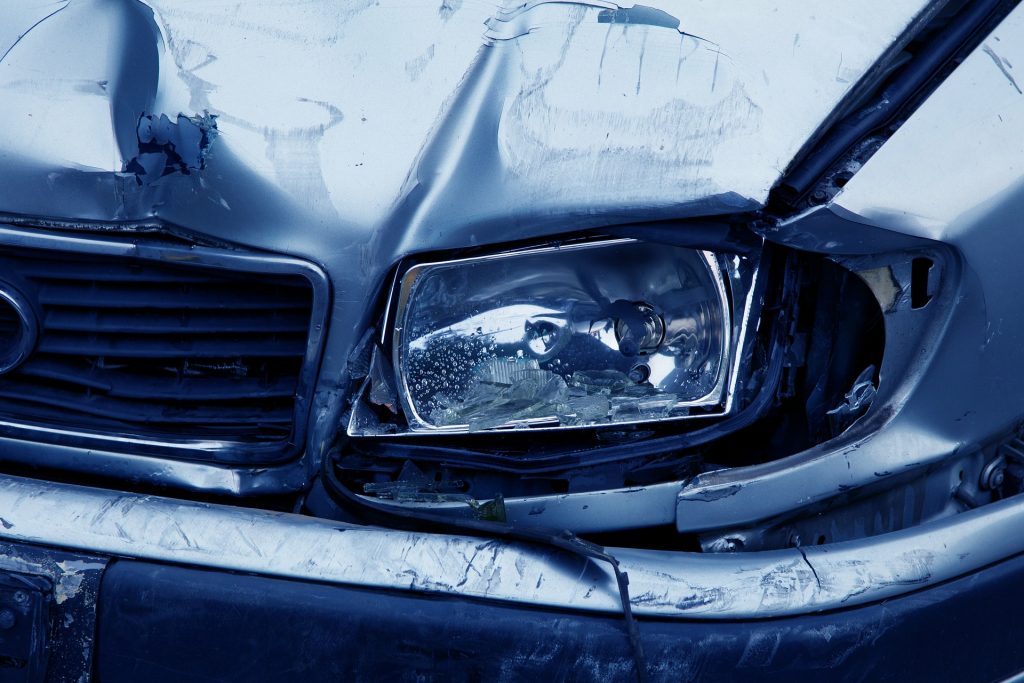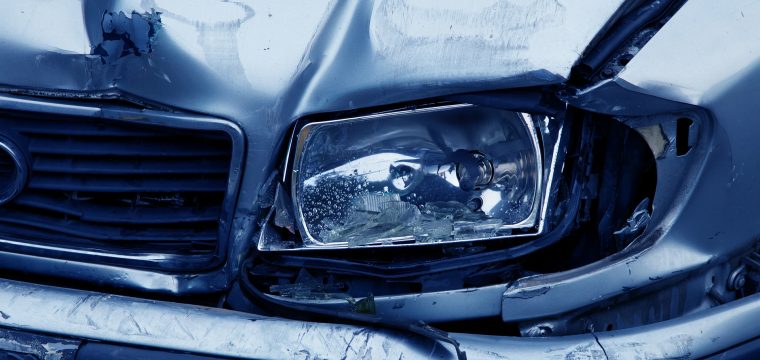
Image Source: Pixabay
The modern world is full of potential dangers that can threaten your family’s safety. You can spend countless hours worrying about your loved ones being in a car accident, your kids getting into trouble through social media, or even your family’s health being threatened by risky habits. By following these five tips, you can help to keep your family safer and eliminate some of the risks that are common in today’s modern world.
Stay Safe Online
The internet can be a dangerous place, and you’ll want to protect your family from scams, predators, and identity theft. Start by discussing internet safety with your kids. Establish some ground rules for internet and social media use both in and out of the home. If your children are allowed on social media, you may require that you always have access to their passwords so that you can monitor their activity online.
Carefully monitoring how your children are using the internet is one of the best ways to keep them safe, but you can’t always look over their shoulders, especially when they can access the internet on their laptops, on phones and tablets, and at school or at friends’ houses.
Luckily, many apps can help to monitor and restrict your child’s internet use in order to help keep them safe:
- Consider apps like Verizon Smart Family, which controls how and when your child can use their phone, and even helps to monitor and control monthly data usage.
- Boomerang Parental Control is an app that allows you to filter out inappropriate websites, such as those that contain violence, nudity, or other undesired material.
- The Mama Bear app even allows you to monitor your child’s social media use and can alert you when indications of bullying are posted to your child’s social media profile.
Identify In-Home Dangers
When you bring home a new baby you’ll need to spend some time preparing your home by investing in baby-safe items like a crib, appropriate bedding, and a car seat. But it’s equally as important to periodically check your home for dangers as your children grow. Childproofing your home for toddlers can be an involved process, and you’ll need to identify potential dangers, from electrical sockets that aren’t childproofed to furniture that could be easily pulled over.
While many parents are aware of the importance of childproofing for toddlers, it’s easier to overlook safety issues in the home when your children are older. Assess your home’s safety every few months and think about dangers that are hidden right within sight, like cleaning chemicals or laundry detergent left within a child’s reach. Other examples include:
- Installing baby gates over the stairs, can protect children from a fall.
- Teaching your children to look both ways before crossing the street can help to prevent tragic accidents.
- Unplugging household appliances and monitoring lit candles can go a long way toward preventing fires.
- Inspecting your child’s toys and furniture for loose or broken pieces can help to keep your child from choking or being injured.
Make sure that you also test your carbon monoxide and smoke detectors every six months. If your home has an alarm system, test its functionality at the same time.
Be Prepared for Pet Injuries
Even when you take every step to make your home as safe as possible, injuries still happen. While most homes have a well-stocked medicine cabinet of first aid supplies for humans, it’s less common for homes to have the supplies that their pets might need.
Create a pet first-aid kit with items you might need to treat an injury in any of your pets. Include items like:
- A digital thermometer
- Muzzles, leashes, and collars that fit each of your pets
- Non-stick bandages and gauze rolls to cover wounds
- A stack of towels of various sizes, useful for putting pressure on wounds or for carrying an injured pet
- Adhesive tape to hold bandages, and stretchy, self-adhesive wrap material for creating pressure bandages
- Activated charcoal to absorb poison within your pet’s stomach and 3% hydrogen peroxide to induce vomiting (only administer this on a veterinarian’s advice)
You may also want to buy a pet first-aid guide so that you’re familiar with some basic procedures. In addition to this kit, always keep a folder of your pet’s updated medical records on hand. If you ever have to take your pet to an emergency vet, having these records on hand can help the vets to better care for your pet.
Quit Smoking or Vaping
Consider quitting or changing any current habits that jeopardize your health. Smoking or vaping can affect your health in some unexpected ways, and your whole family can be subjected to secondhand smoke. Remember that your children also learn from your actions; if you don’t want them to take up bad habits that put your health at risk, you’ll need to set that example for them.
Vaping has been regarded as being a safer alternative to smoking, but it still carries plenty of health risks. Some e-liquid flavors, like cinnamon, can result in a faster heartbeat. The lithium-ion batteries that power vape pens can potentially explode or set the pens on fire; one Florida man died when his vape pen exploded. While a United Kingdom study funded by Cancer Research UK did find that study participants who vape have reduced exposure to carcinogens when compared to participants who smoke, vaping itself can be addicting. This addictive factor, paired with the other risks of vaping, could jeopardize young people’s health.
Even if you don’t participate in vaping, smoking, or other habits that are bad for your health, take some time to discuss the risks of these behaviors with your kids. Regular, honest discussions could help to keep your kids safe.
Maximize Safety Behind the Wheel
To make your entire family safer, focus on adopting habits to make yourself a safer driver. These habits aren’t hard to incorporate, and things as simple as obeying the speed limit and taking breaks to keep yourself alert on long drives can help to keep everyone in the car safer.
If you have a teen who is learning to drive, they can learn from your driving habits and will benefit from the instruction that you give them. When teaching your teen to drive, don’t just focus on lessons about driving — also teach them important lessons like how to change a flat tire, check their oil, and maintain their tire pressure. This is also a good time for discussions about unique driving situations, like how to drive safely in school zones and how to handle road construction or passing bicyclists.
It’s impossible to foresee and protect your family against every potential danger, but following these five tips will get you off to a good start. Many of these tips are easy to implement, giving you a bit more control over your family’s safety.

Leave a Reply
You must be logged in to post a comment.